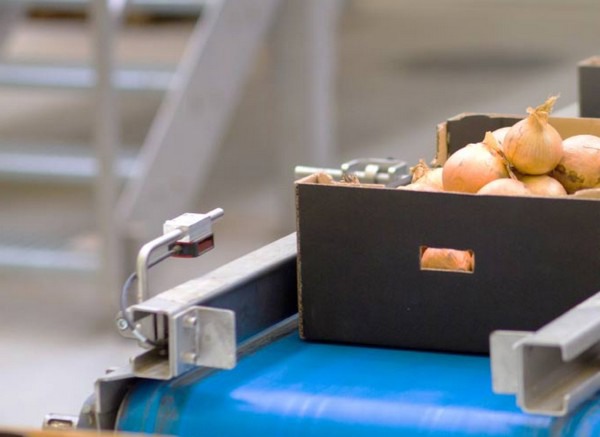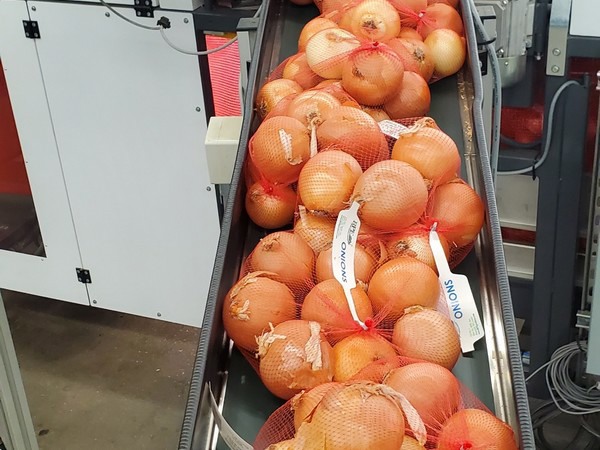Supplies of onions are tight, but available, right now.
John Harris of Fort Morgan CO-based Paradigm Fresh notes there’s a shortage of red onions in most growing regions. “Between the heat and the smoke in the Northwest this year, yields are just down. Some crops just didn’t make it and had to be plowed under. So the shortage is from a poor growing year in general,” says Harris.
At the same time there’s also a shortage of super and colossal yellow onions, though medium and jumbo yellow are readily available. “Some people cut processor contracts short so this year there are processors on the open market that aren’t typically there. That’s creating more demand than usual for that size of onion,” says Harris.

Regional losses
The storage crop report also currently shows the industry is down 3 million bags of onions compared to last year at this time. “This isn’t unbelievably short. But some regions, such as Canada, had a really wet harvest and lost a lot of acreage. Canada also uses a lot of onions so they’re buying more heavily than they did. We’ll see supplies into the holidays and January dwindle more quickly than last year,” says Harris.
Meeting these shorter supplies are also consistently strong demand--it’s been strong since the start of the storage crop year in the middle of August. “The market is pretty high right now so it’s stifled demand in certain places to some degree. Incredibly high freight rates have also stifled demand somewhat as well,” he adds.
More targeted recalls
While it didn’t necessarily affect demand, the industry is also moving past a recent recall across the U.S. and Canada on red, white and yellow onions the Food and Drug Administration reports are from Mexico. While Harris says he appreciates the concern for public safety around food safety, he’d like to see a more targeted, better managed recall alert system employed.
“The onions were easily identifiable. They were from Mexico and when the recall came out, supplies of Mexican onions hadn’t been shipped for eight to 10 weeks,” he says. And while both the FDA and the Centers for Disease Control spend weeks researching food safety issues before recall notices are given, Harris would appreciate a bit more time to trace product back so in turn, a more accurate public message could be issued. “The fact that they included multiple growers in the recall shows how out of touch they are about our industry and what we do and how much care we have for food safety. It’s incredibly irresponsible,” he says.

Transportation costs
Meanwhile the more pressing issue now is balancing prices against increasingly high transportation costs. Harris notes that two thirds of the onion acreage in the U.S. is between Washington, Idaho and eastern Oregon. “When you put that kind of pressure on that big of an acreage, now that they’re short and transportation is so tight and expensive, regional markets are suddenly getting gobbled up to a higher degree than they previously had been,” he says. “The FOBs are going to be higher the further east you go. But at the same time you won’t have to pay $10,000 in transportation.”
Currently, the industry is seeing some of the highest red and yellow markets it’s ever seen at this time of year. “The white price is steady and it’s above average but it’s maybe only a couple of dollars higher than a typical market,” Harris says. “But demand is more powerful than supply and if demand maintains, we’ll see the prices from now until early spring steadily increase on all sizes and colors.”
 For more information:
For more information:
John Harris
Paradigm Fresh
Tel: +1 (970) 775.2049
John@paradigmfresh.com
www.paradigmfresh.com
